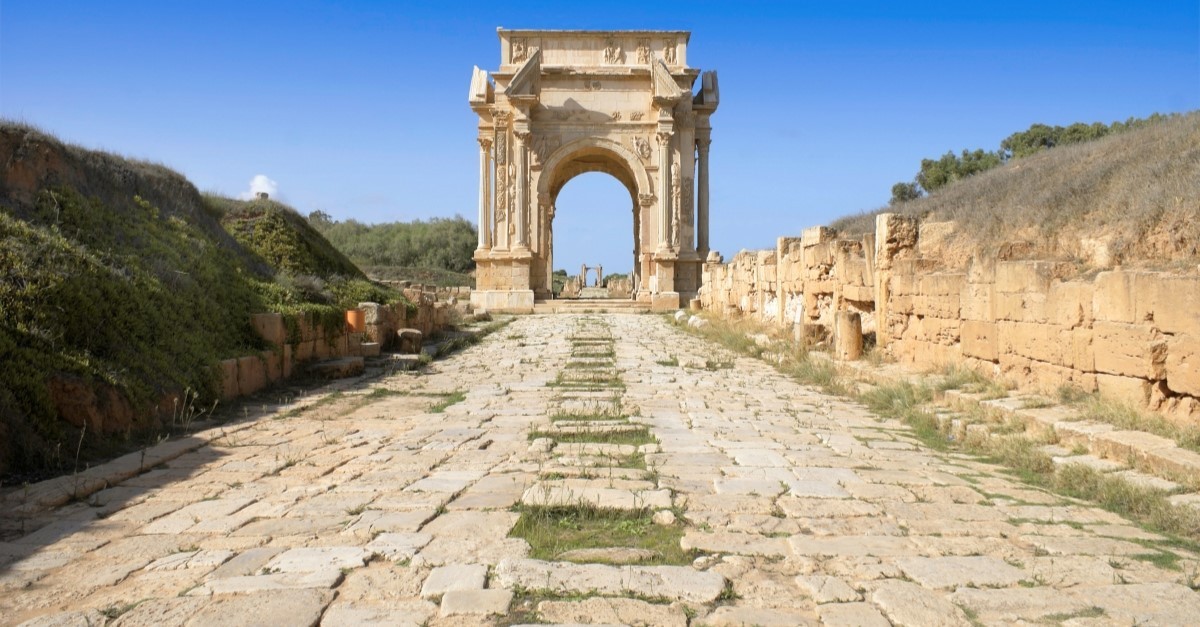In Roman society, citizenship contained certain privileges and protections, including immunity from certain punishments like crucifixion. This distinction between citizens and non-citizens shaped the Roman Empire’s dynamics of power and oppression.
For the Jewish community in Jesus’ time, the Roman occupation and its social hierarchy imposed significant challenges. Some Jews (like the apostle Paul) held Roman citizenship. Most were subject to Roman rule, with only limited rights and protections. Slavery was also prevalent, with many Jews enslaved to Roman masters.
Citizens’ immunity from crucified had implications for Jesus and his follower. For Paul, a Roman citizen, it meant that when emperor Nero wanted him executed, he had Paul beheaded instead of death on a cross. For Jesus, his death on a cross highlighted he was no Roman citizen. Jesus was the King of Kings and the Creator of all things, but Roman law treated him no better than a criminal or an enslaved person. His crucifixion highlighted the oppression and subjugation marginalized communities faced under Roman rule. It was a stark reminder of harsh imperial domination.
On the cross, Jesus identified with the oppressed and the marginalized. Even before his crucifixion, Christ taught his followers they must take up their cross every day to follow him. This dying to self to have life is a continuing theme throughout the New Testament. We remove the “old” person and clothe ourselves with the “new,” born again (Ephesians 4). Being born again can be a painful, long process, but it is worth it for the glory of resurrection life here and in the future.
In addition, Jesus taught his followers would experience persecution and trouble, much like he did. When we give our lives for others’ good, we never suffer in vain but are given the rewards of Christ in the coming life, rewards we can’t lose.
Photo Credit:©iStock/Getty Images Plus/canbedone









